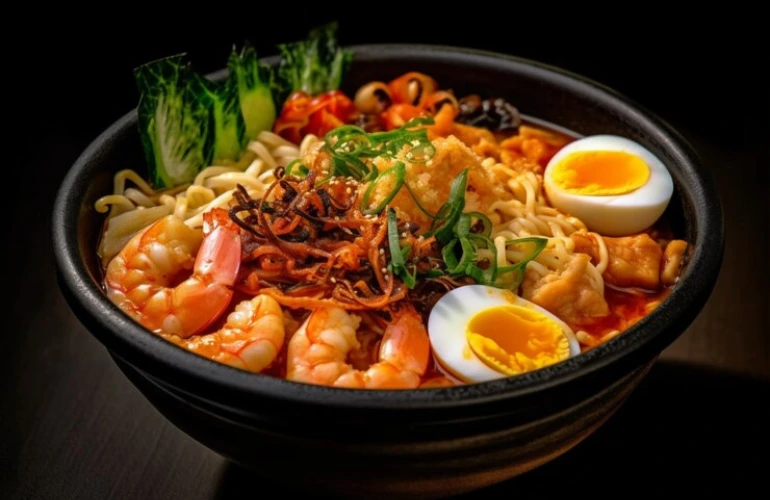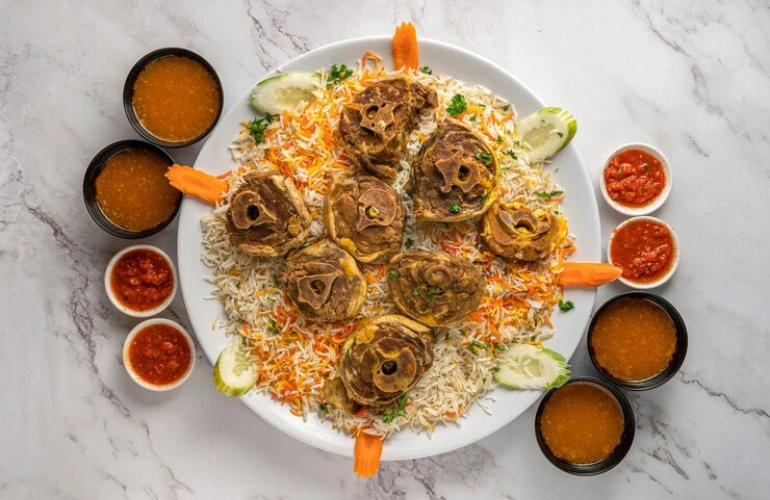North Korea’s food gives a glimpse of the country’s culture and traditions of the Democratic People’s Republic of Korea, or DPRK. Most people associate North Korea with political tension and isolation; however, its culinary landscape is rich and diverse and contains all sorts of cultural influences over time combined with local ingredients. In the blog post, we will look deeper into the details of North Korean food-in the form of traditional dishes, cooking techniques, and their cultural significance.
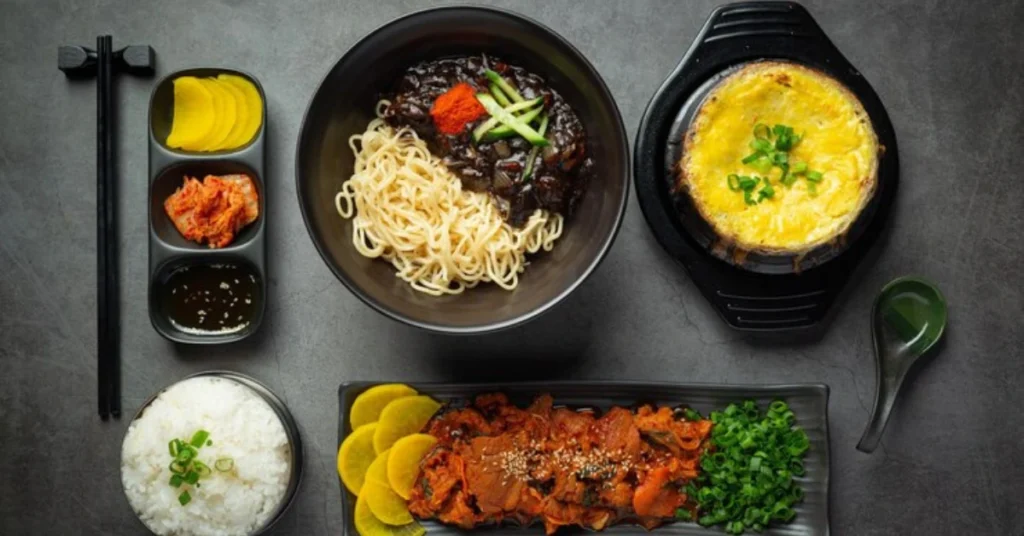
How About North Korean Cuisine?
North Korean cuisine is also similar to South Korean in many aspects, but the own distinction features formed by its special history and circumstances. In a nutshell, North Korean cuisine is based on rice, vegetables, and meats, but it often is a rather simpler and less spicy version of cooking than South Koreans have, and it is a result of economic restrictions and limitations in the use of several ingredients. click here.
Common Staples from North Korean Recipes
Common staples of North Korean recipes, in general, comprise:
Rice: This one is given for each meal, mainly accompanied with quite a few side dishes.
Vegetables: These vegetables include cabbage, radish, and garlic, which form the ordinary crop.
Meat: This commonly eaten meat is pork and chicken, while beef is less eaten due to its high price.
Kimchi: Fermented vegetables are a staple in almost every meal in both North and South Korea.
These ingredients are mixed together to produce various appetizing dishes and reflect the usage of farmland and the regional specialties of North Korea.
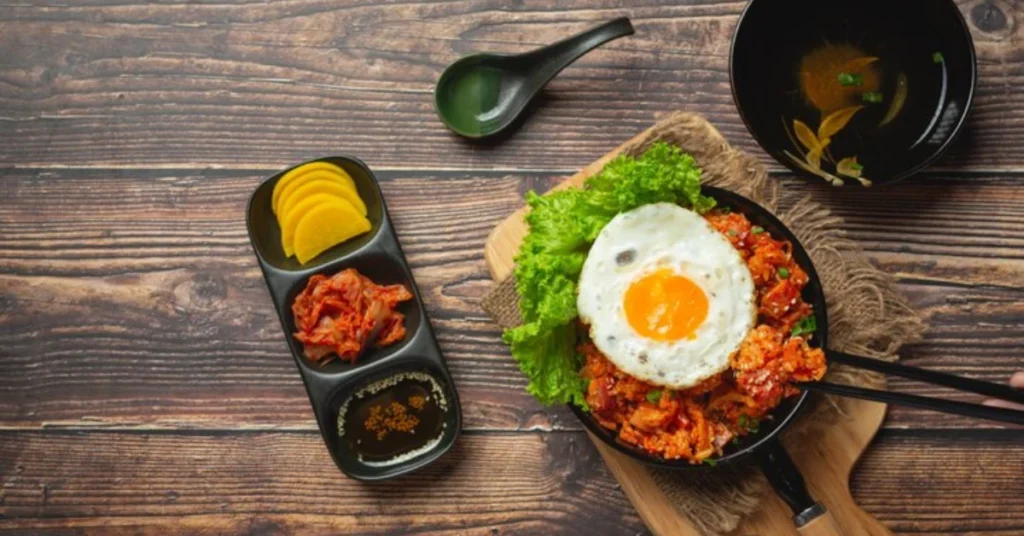
Traditional Dishes to Try
As you go through the dishes offered by North Korean cuisine, you are going to come across the following traditional dishes that you definitely should try:
Naengmyeon (Cold Noodles): A cooling salad which involves buckwheat noodles sliced thin and served in a chilled broth with slices of meat and vegetables. Its popularity surges high during hot summer days.
Bibimbap: Mixed rice dish which contains assorted vegetables, meat, and a fried egg on top. It’s usually served with gochujang (red chili paste) for added flavor.
Jjim Dak (Braised Chicken): This is a dish of braised chicken in a flavorful broth and vegetables, which is usually served with an advance homemade dipping sauce.
Pansangi: Dishes are set up at different small bowls, and different side dishes are arranged around them. Examples include such dishes as kimchi, fish, pork, rice, and pickled vegetables.
Raengmyeon: Another Naengmyeon kind of dish, but the latter is usually serviced with salty iced broth, which will emphasize its taste profile.
Each of these dishes showcases the simplicity yet depth of flavor that characterizes North Korean cuisine.
Role of Food in North Korean Culture
Food in North Korea is not just about necessity but has a culturally different context. In most cases, people take their meals together or in families, while community and togetherness are just some of the factors highly emphasized. Birthday and other national holidays may have fancy dinner events, which are filled with traditional food.
Of course, eating also demonstrates hospitality. Restaurant patrons often receive generous servings and a variety of delicacies in order to display a host’s generosity. This simply reflects the strong cultural requirement to treat guests with respect.
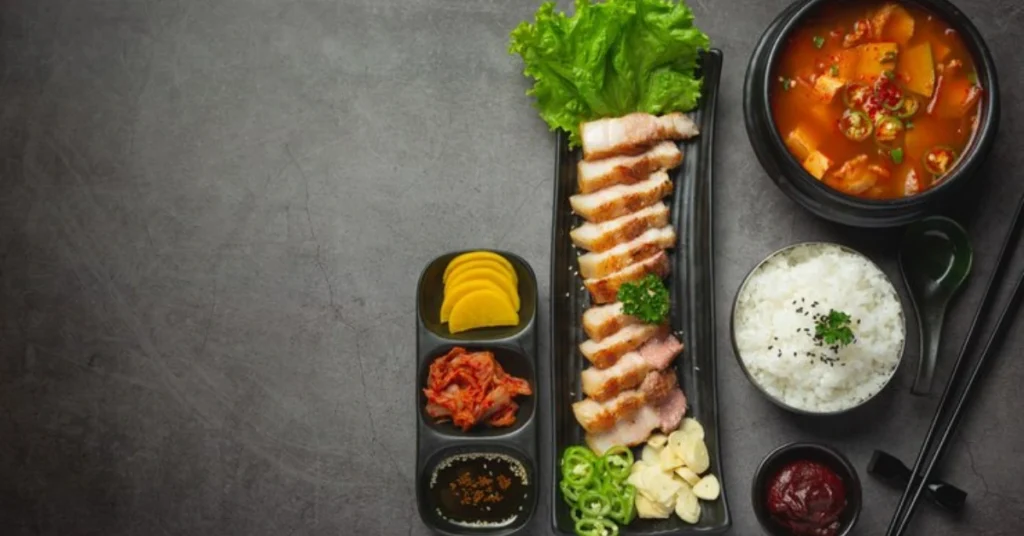
Unique Aspects of North Korean Manners of Dining
North Korean customs pertaining to eating sometimes can be quite different from Western customs. For instance:
Side dishes are typically brought out before rice is served during meals.
Guests can be made to wait for the host to start eating before they do.
Diners are usually expected to share dishes found on communal plates, rather than being brought in for someone as an individual.
Learning these customs will help you enjoy dining on North Korean food.
North Korean Food FAQs
Qno1: What are some common methods North Korean cooks its food?
It is typically boiled, steamed, grilled, and stir-fried. All these methods preserve natural flavors.
Qno2: Is North Korean food spicy?
North Korean food is not that spicy compared to South Korean food. However, some dishes are added with chili paste or pepper flakes; otherwise, they are relatively mild.
Qno3:Is there some source of North Korean food outside North Korea?
You can find North Korean food outside North Korea.
Yes! Many restaurants in South Korea serve authentic North Korean food. There are also special menus at some international restaurants.
Qno4: What’s the role of Kimchi in North Korean cuisine?
Kimchi is a staple accompaniment to almost any meal served in North Korea and South Korea. Their sour taste adds nutrition and flavor to any meal.
Qno5: Have you noticed that any of the ingredients used in North Korean cuisine are unique to the cuisine?
While South Korean ingredients appear often in dishes, some unfamiliar ingredients include local mushrooms and special kinds of seafood they gather along the coast.
Conclusion: Taste North Korea
Conclusion The north korean food would open a new world of original flavors and dishes that reflect its culture and historical background on their homeland. It, from the legend of Naengmyeon to a communal dining practice in which hospitality is highly valued, could contribute much to better understanding life in the DPRK.
Whether one travels to North Korea or simply scouts around in other parts of the globe looking for authentic food, the payoffs from taking a journey into these flavors can be a fascinating way to become acquainted with a misunderstood culture. So why not go on a culinary adventure to north korean food? One never knows what new favorites await!







